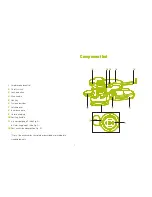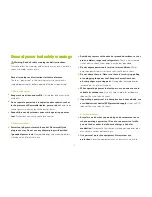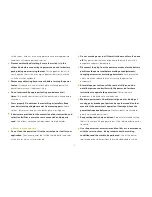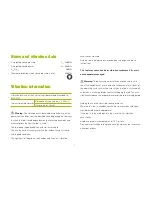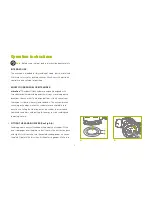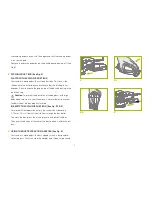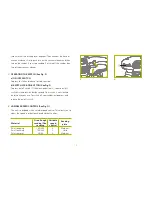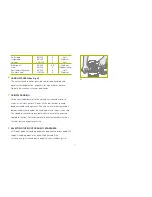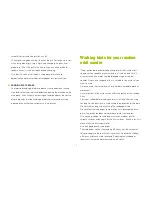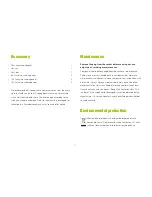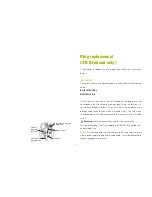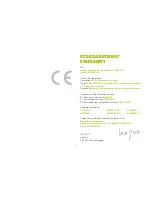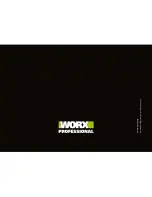
12
smooth the work and fine grit to finish off.
• The higher the grade number, the finer the grit. For rough work start
with a low grade of grit. (e.g. 60 grit) and change to a higher, finer
grade (e.g. 120 or 180 grit) for finishing. If you use a fine grade for
rough surfaces it will soon clog and need changing.
• It is best to make a trial run on a scrap piece of material to
determine the optimum grades of sandpaper for a particular job.
SANDING PLATE BRAKE
An integrated sanding plate brake reduces the speed when running
at no load so that scoring is avoided when placing the machine on the
work piece. A continuously increasing no-load speed over the course
of time indicates that the sanding plate brake is worn and must be
replaced by an authorized customer service location.
9
Working hints for your random
orbit sander
If your power tool becomes too hot, especially when used at low
speed, set the speed to maximum and run it with no load for 2-3
minutes to cool the motor. Avoid prolonged usage at very low
speeds. Always use sand paper that is suitable for the material you
want to sand.
Always ensure the work-piece is firmly held or clamped to prevent
movement.
Any movement of the material may affect the quality of the sanding
finish.
Start your sander before sanding and turn it off only after you stop
sanding. For the best results, sand wood in the direction of the grain.
Do not start sanding without having the sandpaper fitted.
Do not allow the sand paper to wear away it will damage the base-
plate. The guarantee does not cover base-plate wear and tear.
Use coarse grit paper to sand rough surfaces, medium grit for
smooth surfaces and fine grit for the final surfaces. If necessary, first
make a test run on scrap material.
Use only good quality sand paper.
The sand paper controls the sanding efficiency, not the amount of
force you apply to the tool. Excessive force will reduce the sanding
efficiency and cause motor overload. Replacing the sand paper
regularly will maintain optimum sanding efficiency.


